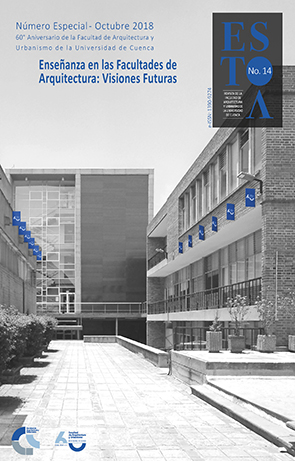Architectural Tradition, Identity and Globalization
Reflections on the problem of the homogenization of the built environment
DOI:
https://doi.org/10.18537/est.v007.n014.a08Abstract
When practicing urbanism, architecture and architectural and urban heritage preservation there is a growing concern on the conservation of the essential characters of the cultural landscape to be transformed, particularly when they come from its local traditions. This concern is still to find the place it deserves in the curriculum of the architecture and urbanism educational programs. Being so, it is necessary to reflect on the nature of this problem in order to successfully undertake this task. As far as the till now constant and progressive disappearance of traditional building, architecture and urbanism goes on, the relevance of preserving those characters will continue its growth. Nevertheless, as basic and commonly used key concepts to deal with this problem as tradition, globalization and local identity are frequently ambiguously or incorrectly used in this field. This paper intends to contribute to a better understanding and a more correct definition of these concepts when applied to our built environment.
Downloads
Published
How to Cite
Issue
Section
License
The Journal declines any responsibility for possible conflicts derived from the authorship of the works that are published in it.
The University of Cuenca in Ecuador conserves the patrimonial rights (copyright) of the published works and will favor the reuse of the same ones, these can be: copy, use, diffuse, transmit and expose publicly.
Unless otherwise indicated, all contents of the electronic edition are distributed under a Creative Commons Attribution-NonCommercial-ShareAlike 4.0 International License.




